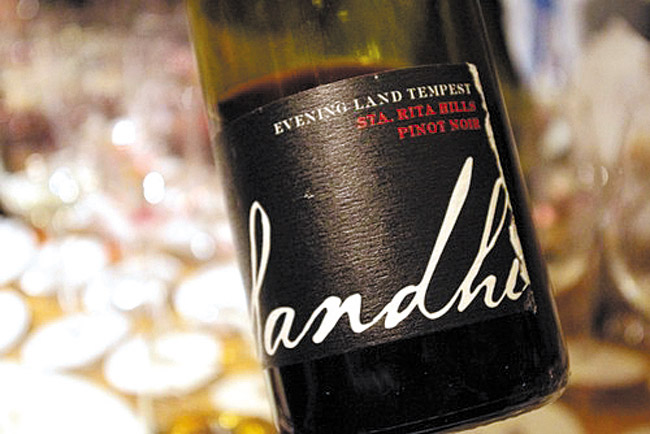Delicious Examples Of Wines Without Oak
Surfing without a surf-board may seem foreign to many, especially those who did not grow up around the ocean. But it does exist: It is, of course, called body-surfing. It may not be as popular or as well-known, and there may not be as many body surfers as there are those with a board.
The same thing goes for wines without oak.
Most wine drinkers assume that wine should have nuances of oak. Moreover, they expect that wine has that mouth-coating vanilla butteriness that comes from aging it in new French or American oak.
And yet there are many classic wine regions that have no new oak influence at all. In France, the wines from Chablis, the Loire River Valley and Alsace (not to mention Champagne) traditionally do not use new oak in their aging regimens. The wines of Austria and Germany almost never touch a new barrel stave. In the north of Italy, new barrel-aged wines are a modernist movement. But most white wines never see new wood. Same goes for most of the whites of the Iberian Peninsula (Portugal and Spain). Barrels are common in all these areas, but they are of the aged variety with no “flavors” to add to the wine.
The new world is perhaps the strongest proponent for the use of new oak. But varieties such as Pinot Gris, Sauvignon Blanc, Riesling and Gewurztraminer can lose their varietal individuality and character when the mask of new oak is veiled upon them. All of the usual suspect reds can be cloaked in oak: Cabernet Sauvignon, Merlot, Syrah and Pinot Noir. And I think, above all of them, Chardonnay is most definitely expected to have some influence of wood. There are many beautiful examples of wines that benefit and are delicious with the oak influence. My guess is that your own favorite Cabernet or Chardonnay spends some time resting and soaking in a new oak barrel before it ends up in your glass.
Fortunately, for those who may not need or desire too much vanilla and butter in our glass of Chardonnay, or toast and smoke in our Pinot Noir, there are options, even in California. I recently tasted through a fabulous lineup of un-oaky Chardonnay and Pinot Noir with Rajat Parr, one of the wine industry’s most illustrious sommeliers, who along with opening dozens of restaurants across the country with the Michael Mina group, also began the In Pursuit of Balance association. Along with Sashi Moorman, he produces some delicious examples of Chardonnay and Pinot Noir from Santa Barbara County under two different labels: Sandhi and Domaine de la Cote. Their 2012 Sandhi Santa Barbara Chardonnay ($32) has a stunningly beautiful nose of fresh orchard fruit with just a hint of tropicality. It has a razor’s edge balance of acidity and fruit with the highest intensity. The aftertaste seems to last forever. This is a really fabulous bottle of Chardonnay. The 2012 Sandhi Sanford and Benedict Vineyard Chardonnay ($55) is a step up in amplitude and richness. This comes from one of the oldest plantings of Chardonnay in all of California, in 1971. Beautiful layers of fruit and, yes, minerality comes forward in this wine. It is slightly richer on the palate, and the finish is no less impressive.
On the Pinot Noir side, Parr made a 2012 Lompoc Wine Company Pinot Noir ($34) from purchased fruit based in the Santa Rita Hills, which I found outstanding. There is fruit galore, black and red with a juicy core on the palate and that silky texture I just love in great Pinot Noir. All of this flavor without any new wood! And the 2012 Sandhi Santa Rita Hills Pinot Noir is very special as well. Half of the fruit comes from 40-plus-year-old vines. It has a sappiness to it (meaning intense but not heavy) along with all elegance for days. This really reminds me of its Old World cousins in Burgundy.
And not only are these wines delicious on their own, but they match so many different dishes because they do not have the extra weight and butteriness of oak. These Chardonnays would be just as comfortable with salads as with a clam chowder.
And the Pinot Noirs would be great with grilled chicken with herbs or fatty tuna sashimi. Because once the fish is on the table, you don’t have to kill it again with a wood two-by-four!
Roberto Viernes is a master sommelier.
rviernes@southernwine.com
Twitter: @Pinotpusher






